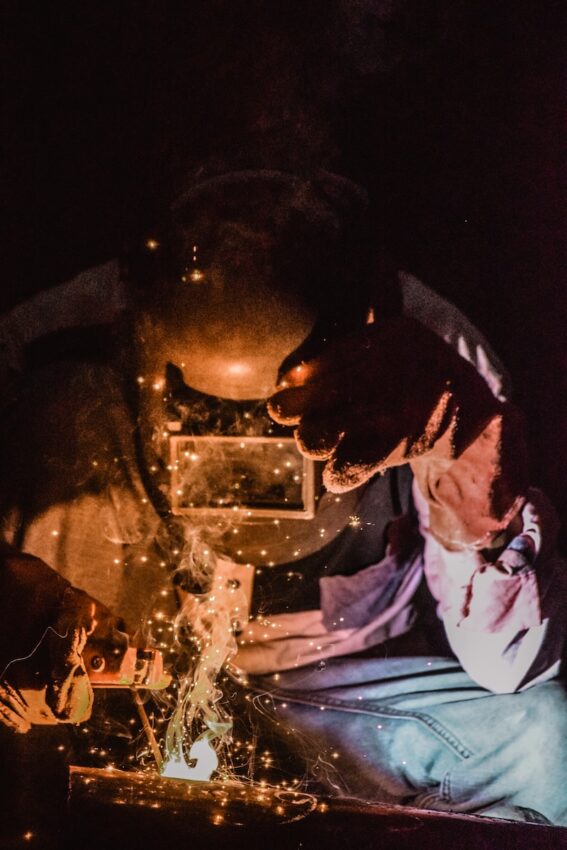Metal fabrication is a process used to turn sheet metal into other forms. The metal must be a quarter inch or thinner for the process to work, as this thickness offers malleability. Several techniques may be used to complete the process, including cutting, folding, and welding.
Steps in Metal Fabrication
The desired item must first be designed, so a prototype can be made. Many manufacturers use 3D computer-aided design or a 3D printer to construct the prototype. Doing so allows any problems to be caught early. Once completed, the metal fabrication prototype may undergo finishing or assembly steps.
Metal Fabrication Processes
- Shearing
- Cutting
- Drawing
- Welding
- Folding
- Forging
- Casting
- Extrusion
- Machining
- Stamping
The Benefits of Metal Fabrication
Manufacturers turn to metal fabrication for several reasons. Finished products are extremely durable and will last extended periods. They do require maintenance, however, for the longest lifespan.
Customizing the process is easy with metal fabrication. As a result, manufacturers can create the perfect project based on its unique requirements. This is not possible with many other manufacturing techniques.
Metal is the ideal material for many products today. It can be used for a small project or a massive one. In fact, its versatility makes it the right material for countless projects.
While metal may cost more than other materials at the time of purchase, its lifespan ensures this money is recouped. Furthermore, metal is less expensive than plastic. Individuals with a limited budget for a project appreciate its cost.
Little maintenance is needed with metal fabrications. They can resist rust and corrosion, so many manufacturers use metal for outdoor products. In addition, they may resist heat and fire.
Common Materials Used in Metal Fabrication
- Carbon steels
- Bronze
- Titanium
- Stainless steel
- Aluminum
- Brass alloys
- Copper
- Structural steel
Metal Fabrication Applications
One of the most common applications of metal fabrication is construction. Architects and engineers use this method frequently. They know the process can be used to create anything from a building or bridge to a handrail or ladders. The construction industry couldn’t function today without this process, as it is so commonly used in the building of things.
The military often turns to metal fabrication for products soldiers use. Ammunition is frequently created with the help of metal fabrication. The body armor soldiers wear may have been fabricated using metal, and the same holds for subs and aircraft.
Shipbuilders also rely heavily on metal fabrication when constructing watercraft. Steel flooring and grating found on many vessels are often constructed using this method. The same holds for steel hull sheets and platforms.
People may not bring to mind the energy industry when they think of metal fabrication applications. However, many solar companies use this process when creating their products. The same holds for oil and gas companies.
Aerospace manufacturers use metal fabrication for their products. Parts on a simple military plane were likely constructed using metal fabrication. Similar parts might be seen on a commercial airliner. This industry needs metal fabrication to ensure people arrive safely at their destinations.
Finally, the mining industry benefits from metal fabrication. Many of the tools used in mining are constructed with the help of this technique. This includes the bulldozers, shovels, pickaxes, and more.
Metal fabrication is a vital part of the manufacturing industry today. Learn more about its benefits and uses to determine whether this manufacturing technique is right for your needs. Many people will find it is.



